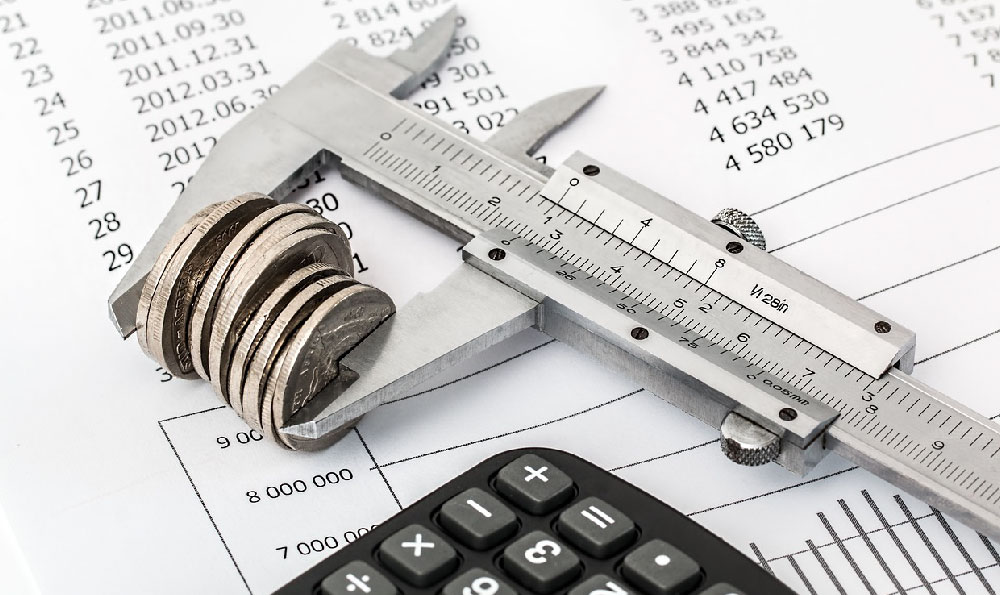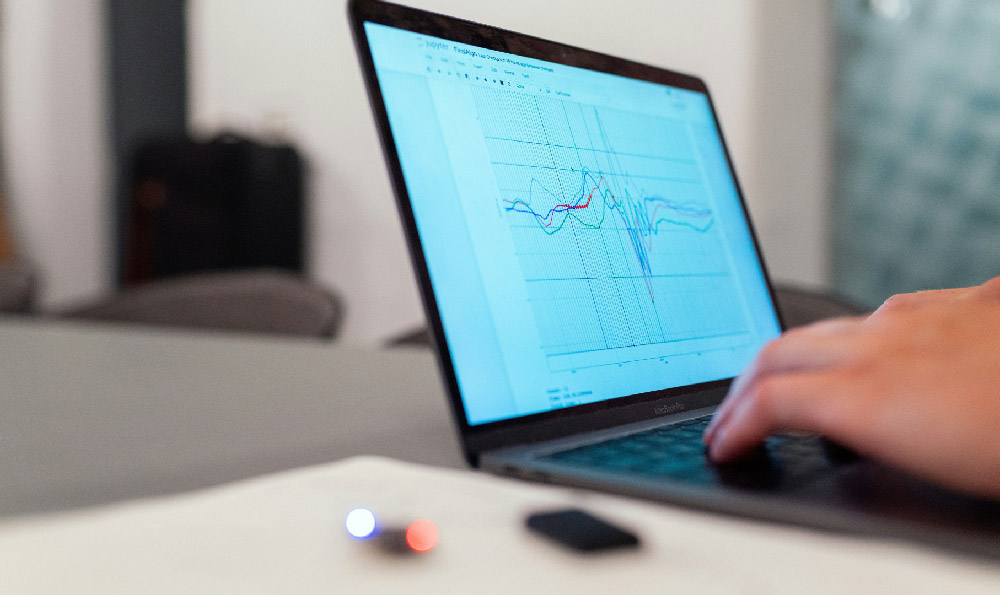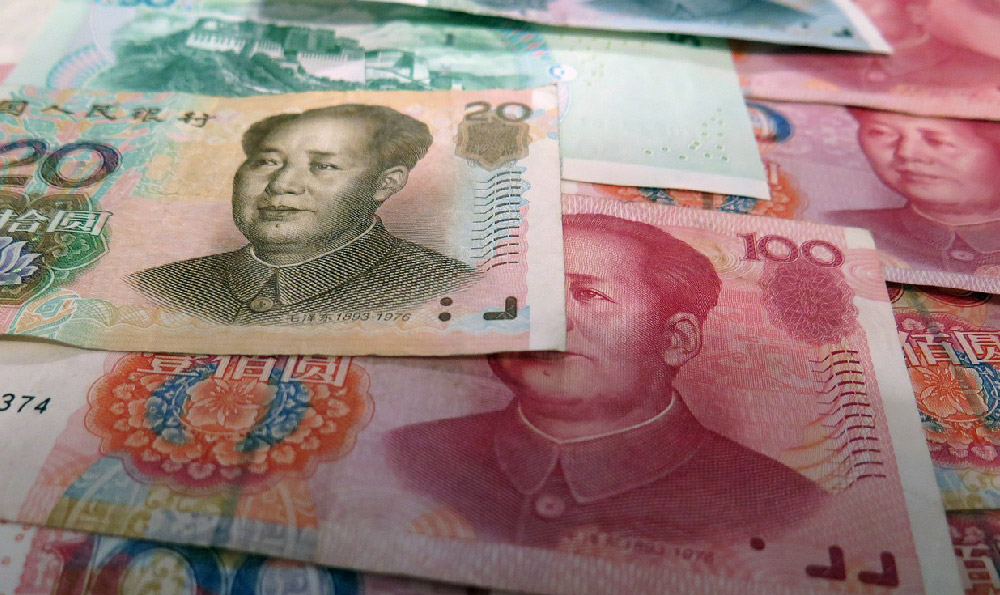
It's a question many crypto enthusiasts grapple with: moving Ethereum (ETH) between exchanges like Binance and Coinbase. The short answer is a resounding yes, transferring ETH between these platforms is absolutely possible. However, understanding the nuances involved, including network compatibility, potential fees, and security considerations, is crucial for a smooth and safe transfer. Let's delve deeper into the process and then address the specific query about the Keepbit platform.
Understanding the Transfer Process: Binance to Coinbase
The process of transferring ETH from Binance to Coinbase is fairly straightforward, mirroring the transfer of any other ERC-20 token between exchanges. Here's a step-by-step breakdown:

-
Access Your Coinbase ETH Wallet: Log in to your Coinbase account and navigate to the "Receive" section for your ETH wallet. This will display your unique ETH address (a long string of alphanumeric characters) and often a QR code for easy scanning. Double-check this address carefully – even a single incorrect character can lead to irreversible loss of funds.
-
Navigate to Your Binance ETH Wallet: Log in to your Binance account and go to your ETH wallet. Here, you'll select the "Withdraw" option.
-
Enter the Coinbase ETH Address: In the withdrawal section on Binance, carefully paste the ETH address you copied from your Coinbase account into the designated address field. Always, always double-check the address against the one in your Coinbase account. Manually compare several characters from the beginning and end of the address to ensure accuracy.
-
Specify the Transfer Amount: Enter the amount of ETH you wish to transfer. Be mindful of any minimum withdrawal amounts or withdrawal limits imposed by Binance. Binance will also display the network fee associated with the transfer.
-
Choose the Correct Network: This is perhaps the most critical step. Ensure you select the Ethereum (ETH) network. Binance might offer other network options (e.g., Binance Smart Chain - BSC). Selecting the wrong network will result in the loss of your ETH as it will be sent to an incompatible address. Coinbase primarily supports ETH transfers on the Ethereum mainnet.
-
Complete Security Verification: Binance will likely require you to complete security verification steps, such as entering a 2FA code from your authenticator app or verifying via email or SMS. This is a crucial security measure, so follow the prompts carefully.
-
Confirm the Withdrawal: After completing the security verification, review all the details one last time before confirming the withdrawal. Once confirmed, the transaction is broadcast to the Ethereum network, and it's irreversible.
-
Wait for Confirmation: The transfer time depends on network congestion. You can track the transaction status using the transaction ID (TXID) provided by Binance on a blockchain explorer like Etherscan.
Key Considerations for ETH Transfers:
- Network Congestion: Ethereum network congestion can significantly impact transfer times and gas fees. During periods of high activity, transactions may take longer to confirm and cost more in gas fees. Consider checking the current network congestion before initiating a transfer.
- Gas Fees: ETH transfers require gas fees, which are paid to miners for processing the transaction. These fees fluctuate based on network demand. Binance will typically display the estimated gas fee before you confirm the withdrawal.
- Security: Always practice good security hygiene. Use strong, unique passwords for both Binance and Coinbase. Enable two-factor authentication (2FA) on both platforms. Be wary of phishing attempts and never share your private keys or seed phrases.
- Small Test Transaction: If you're transferring a large amount of ETH, consider sending a small test transaction first to ensure the address is correct and the transfer goes through smoothly. This can save you from potentially costly errors.
- Exchange Maintenance: Exchanges occasionally undergo maintenance, during which withdrawals may be temporarily suspended. Check the status pages of both Binance and Coinbase before initiating a transfer.
Regarding Keepbit Platform:
Now, addressing the question about the Keepbit platform. Without specific information about Keepbit, it's impossible to provide tailored advice. However, here's a general approach you should take when considering transferring ETH to or from any platform, including Keepbit:
-
Verify Keepbit's Legitimacy: Before transferring any funds to or from Keepbit, thoroughly research the platform's legitimacy. Look for reviews, ratings, and any reports of security breaches or fraudulent activity. Check if the platform is regulated by any financial authorities. If anything seems suspicious, proceed with extreme caution.
-
Understand Keepbit's ETH Wallet Compatibility: Confirm that Keepbit supports ETH transfers on the Ethereum mainnet (ERC-20 standard). Do not send ETH to a platform that only supports BEP-20 (Binance Smart Chain) unless you are absolutely certain that you know what you're doing and can bridge the tokens safely. Sending ETH to an incompatible address will likely result in permanent loss.
-
Check Keepbit's Withdrawal and Deposit Procedures: Familiarize yourself with Keepbit's specific withdrawal and deposit procedures for ETH. Pay attention to any minimum withdrawal amounts, fees, and security verification steps.
-
Contact Keepbit's Support: If you have any questions or concerns about transferring ETH to or from Keepbit, contact their customer support team for clarification. Reputable platforms should have readily available and responsive support channels.
-
Small Test Transaction (Again!) As with any new platform, send a small test transaction first to ensure compatibility and that the transfer process works as expected.
In conclusion, transferring ETH between Binance and Coinbase is a common and generally straightforward process. The most critical aspects are ensuring the accuracy of the recipient address and selecting the correct network (Ethereum). When dealing with less-known platforms like Keepbit, thorough due diligence is essential to protect your funds and avoid potential scams. Always prioritize security and double-check every step of the process.





